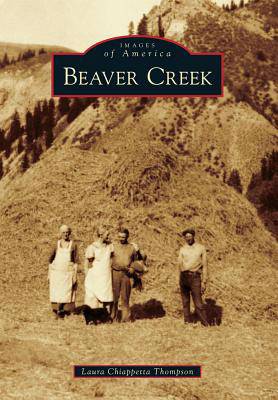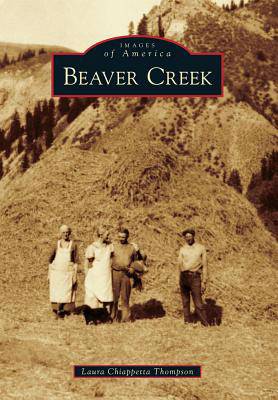
- Afhalen na 1 uur in een winkel met voorraad
- Gratis thuislevering in België vanaf € 30
- Ruim aanbod met 7 miljoen producten
- Afhalen na 1 uur in een winkel met voorraad
- Gratis thuislevering in België vanaf € 30
- Ruim aanbod met 7 miljoen producten
Zoeken
Omschrijving
Since 1883, Beaver Creek has attracted adventurous individuals. The allure of precious minerals brought miners to the valley, and many stayed after the illusion of striking it rich began to fade. Those folks homesteaded and farmed or ranched. Ranching flourished for a few families until the early 1970s. Two men credited with developing the Vail ski area set their sights on the Beaver Creek drainage for a new ski resort. Political battles over permits stretched from Denver to Washington, DC. In addition, environmental issues burgeoning in the early 1970s added another layer of complexity to the proposed ski area. Dark days were looming as interest rates hit 18 percent and a recession hit the national economy. A silver lining in all the turmoil at the fledgling resort occurred when former president Gerald R. Ford bought one of the first residential lots, making Beaver Creek his address. The original visionaries' goal to build a world-class resort was on its way to completion after years of challenges.
Specificaties
Betrokkenen
- Auteur(s):
- Uitgeverij:
Inhoud
- Aantal bladzijden:
- 128
- Taal:
- Engels
- Reeks:
Eigenschappen
- Productcode (EAN):
- 9781467131933
- Verschijningsdatum:
- 1/09/2014
- Uitvoering:
- Paperback
- Formaat:
- Trade paperback (VS)
- Afmetingen:
- 168 mm x 235 mm
- Gewicht:
- 312 g

Alleen bij Standaard Boekhandel
+ 69 punten op je klantenkaart van Standaard Boekhandel
Beoordelingen
We publiceren alleen reviews die voldoen aan de voorwaarden voor reviews. Bekijk onze voorwaarden voor reviews.








